 redstem peach blossom
redstem peach blossom
Around the same time, I was friends with a woman, C, who was in a national internet support group for people with illnesses like mine. We were in and out of each other’s lives via email for quite a while. As we both walked our healing paths, C made a personal discovery. While C identified as pansexual, she’d had many relationships that ended unhappily including a recent divorce. It wasn’t until C realized that he was actually a man named J that deeper healing began for him.
As I watched these two people find happiness as a result of the deep work that chronic illness prompted in their lives, I began to question what was holding me back in my personal healing. Given what both of these two people discovered about themselves, the first things I questioned were my gender and sexual orientation. After much introspection and internet research, I discovered that I was a heterosexual cisgender woman, exactly what I had identified as all my life. Thus, I made no amazing life changing discoveries about my sexuality as my internet friends had done.
I remained puzzled for many years about what was holding my healing back. If it wasn’t my sexuality, then what was it about myself that I needed to find? In my case, it turned out that it was my spiritual self than I needed to rediscover. I had spent the past five lifetimes trying to deny, repress and ignore my metaphysical abilities. Because I grew up in a family in and then married and divorced a man this life who aren’t believers in the metaphysical, it didn’t feel safe for me to be my true self. However, a major illness in this lifetime forced me to to come to terms with my metaphysical gifts and my need to use them for healing myself and others.
For many people facing chronic or terminal illness, finding oneself is one of the challenges that can help alleviate a great deal of emotional pain and suffering. Because our emotional pain often manifests as physical pain in our body, finding oneself can sometimes bring improvement or even remission of one’s physical misery. Regardless of its impact on one’s physical symptoms, being true to oneself always brings happiness that was previously unknown in this life. There is nothing comparable to being able to say, “This is whom I am. I am proud of me, and I love being me.”
© 2015 Elizabeth Galen, Ph.D., Green Heart Guidance, LLC

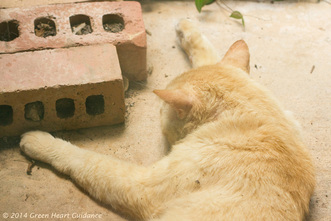
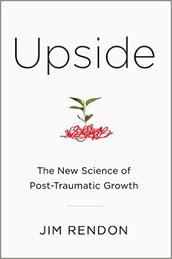


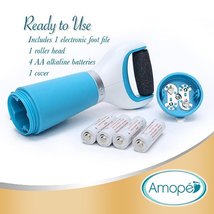

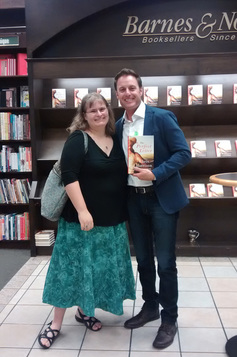




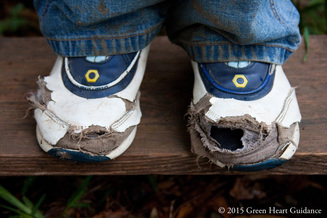



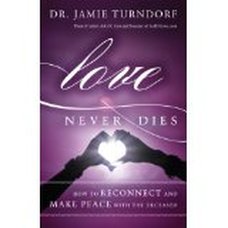

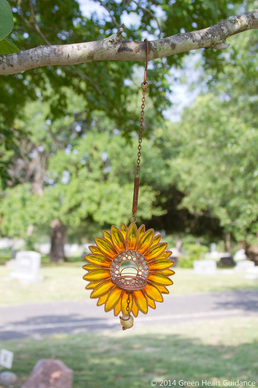




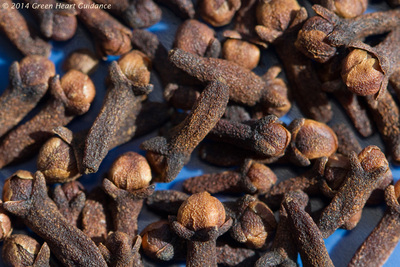
 RSS Feed
RSS Feed